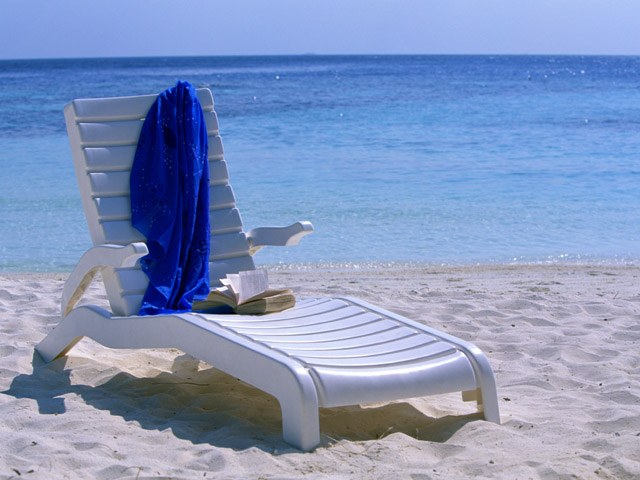Instruction
1
Do not jump into the water with a running start, better go gradually to prepare the body to sudden change of temperature. Doctors do not recommend to stay in the water longer than 15 minutes. The best solution would be to swim for 15 minutes, then about the same time to hold on the shore, then swim, etc.
2
If you swam far and felt tired, turn around and swim back to shore. According to experts and experienced swimmers to stay afloat, it is necessary to gather a full breast of air and hold your breath. Even if you carry away from the place where you are located on the shore, don't try to resist. Better succumb to its influence, gradually raking the shore.
3
Remember the basic rules of safety: do not swim up to motor boats don't dive from bridges, or breakwaters, do not swim for the bathing area, are not located in the reservoir in a condition of alcoholic intoxication. In the water do not grab the hands or feet. If during the voyage brought a limb, pinch yourself, drunken in skin nails. Pain sensation should be very strong.
4
When crossing the pond, covered with ice, remember that it is dangerous to go out on the ice during a Blizzard, rain, fog. Just follow the well-trodden trails or along trails, stay away from the fishing hole. Don't go out on the ice, the thickness of which is below 12 cm During group transition of the pond keep a safe distance of about 5 m.
5
I heard the distinctive crackle of ice or water? Do not stop taking your moving head to the shore. If you fell into the water, try to cope with a strong panic. In order not to go under water, hold your head as high as possible. Grasp the edge of the ice elbows, try to catch up to them and put your leg on the ice, roll over it's necessary and tighten the second leg. Call for help and go strictly by crawling to the shore.
Note
As soon as possible get rid of the wet clothes and autogreitis hot tea, apply some heating pads (chest, groin, limbs, and head), cuddle up with blankets. In no case should not drink alcohol.
